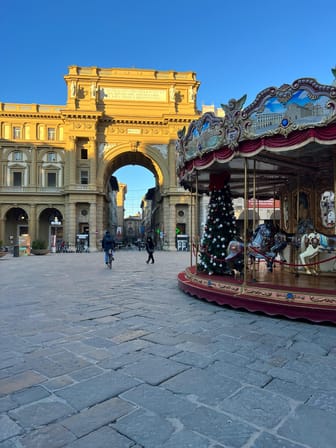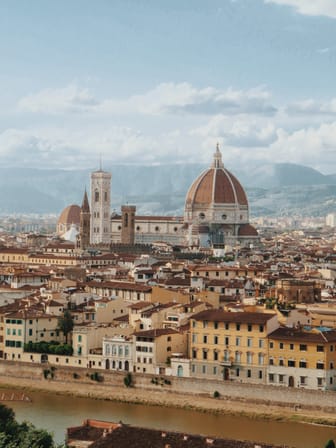Villa Bardini
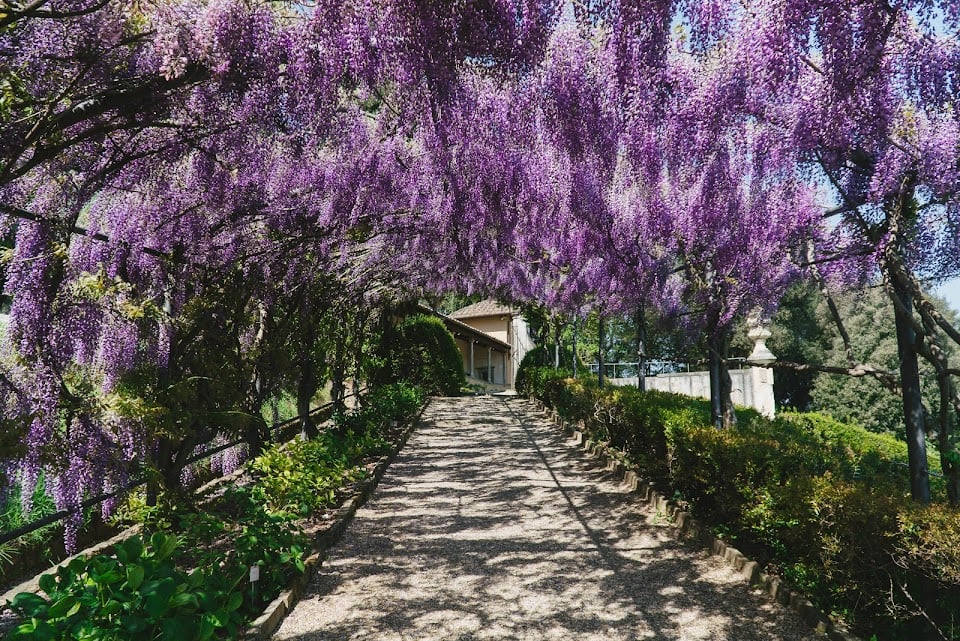
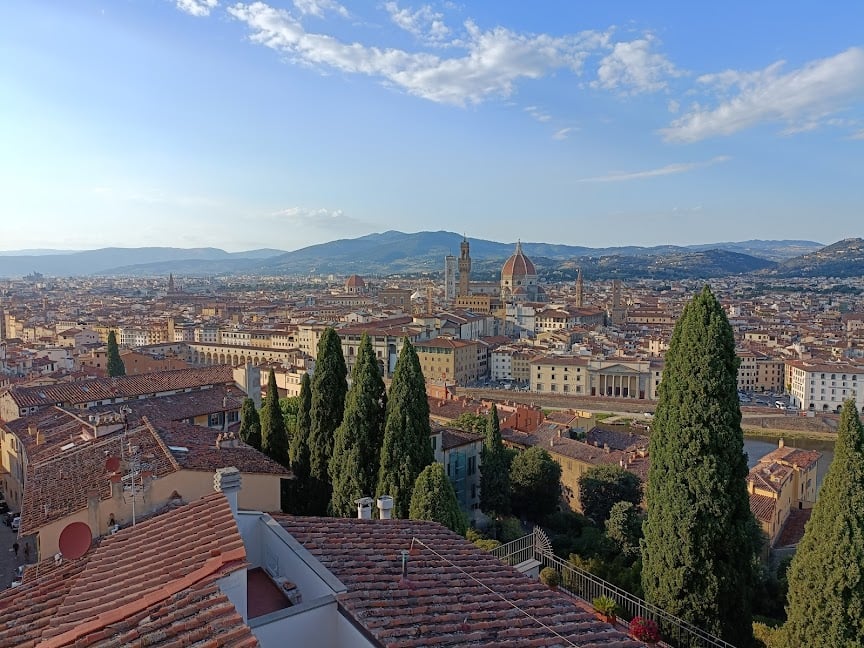
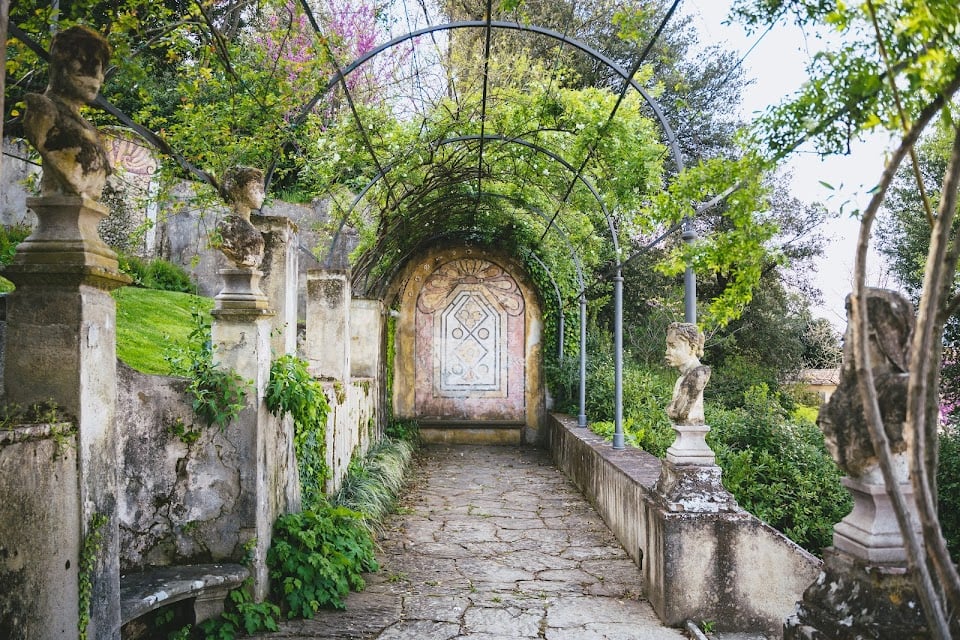
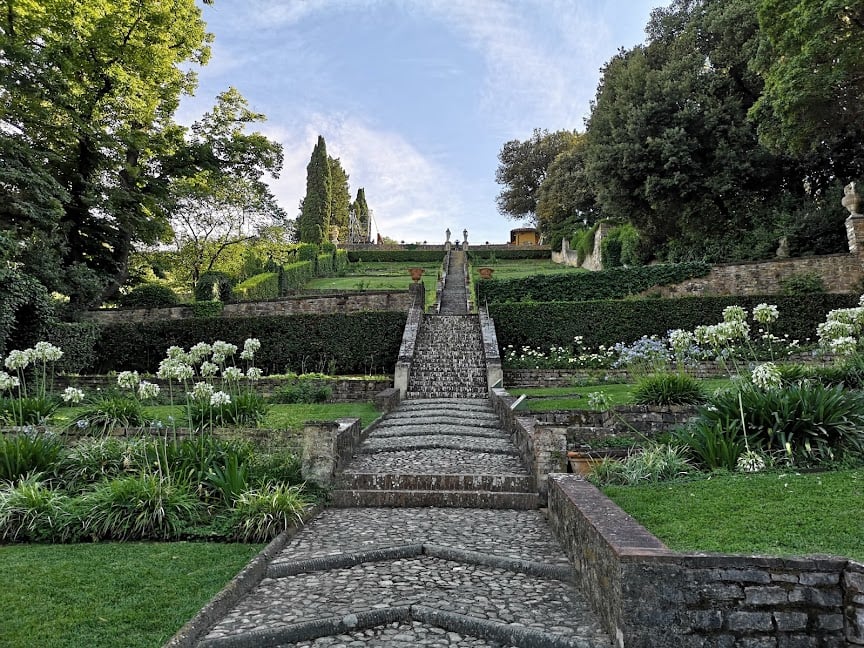
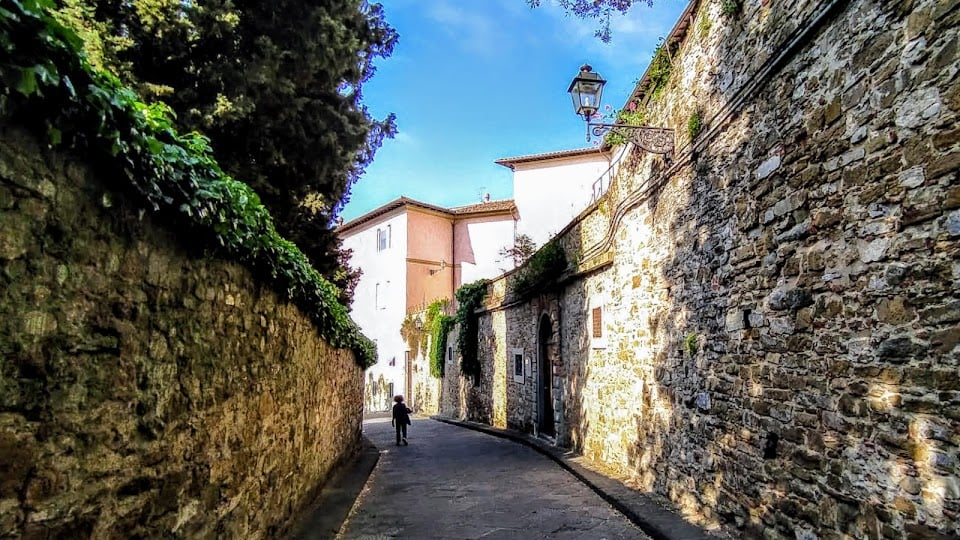
Ask ThatchGPT
Suggest a local expert to plan my trip
Suggest an unique itinerary for my Italy trip
What foods do Italy locals eat
What are some true hidden gems in Italy
Help me brainstorm trip ideas for Italy
Help me plan a family-friendly trip to Italy
What people say
Pedro Pereira
Available for hire
"The first historical phase of the Bardini Garden dates back to the Middle Ages, in the 13th century, and was originally the property of the influential Mozzi family, who owned several houses and lands, including the so-called “Montecuccoli hill”, which is currently occupied by the Garden.
In the 17th century, the area now occupied by the Bardini Garden was divided into two properties: the Mozzis took the east side and Giovan Francesco Manadori took the west side, where he built the Villa Manadora, which was already admired at the time for its extraordinary views over the city.
In the 18th century, the property passed through the hands of several owners and the two plots were gradually embellished, taking advantage of the panoramic position of the place. Giulio Mozzi, a great lover of gardens, contributed to the new decoration of the staircase, which was enriched with mosaics and statues of characters in country costume, still present today.
In 1839, the two properties became one again. However, as the century progressed, the estate fell into inexorable decline due to the family's financial difficulties. In 1880, the complex was purchased by the Carolath von Beuthen princes, who would own it until 1913, giving the garden Victorian style elements.
In 1913, the property was purchased by Stefano Bardini – a famous and wealthy antiques dealer from the beginning of the last century – who renamed it and restored it, leaving the original gardens intact. He renovated the entire complex, adapting it to his needs, giving it an even more eclectic appearance than it already had.
The garden, enriched with decorative elements from various sources, brought together according to the collector's personal taste, which excludes nothing, becomes a labyrinth of traps for art lovers, who have difficulty in distinguishing the real material from the fake, the reproductions with modern insertions from the authentic works.
In 1965, with the death of Stefano Bardini's son, a long and complicated inheritance process began, which only ended in 2000, with the involvement of the bank Ente Cassa di Risparmio di Firenze, through the Bardini Peyron Foundation, which currently manages the property.
The Bardini Gardens and the Villa were closed for many years and were only reopened to the public in 2005, after five years of renovation. Many people still don't know about the gardens, which is a shame. It is one of the few places in Florence where you can feel at peace. Thus, it presents an exceptional and unique situation: the garden represents a part of the city of Florence and also a piece of urban history. You can stroll through seven centuries of history that have left the garden with a density of ideas, things, objects, beauty and nature."
Read more in:
Jessica C
Available for hire
"We missed this the last time we were there, but I've seen incredible photos and will visit the next time we go back."
Read more in:
Rachael Hancox
Available for hire
"This is the place to see wisteria during May time"
Mentioned in these guides
About Villa Bardini
Get the inside scoop on Villa Bardini from local experts, travel creators, and tastemakers. Browse genuine trip notes, Villa Bardini reviews, photos, travel guides, and itineraries from real travelers and plan your trip with confidence.
Website
Phone
Save this spot for later or start mapping out a new trip today
Try our AI Travel Assistant and get instant answers to any questions about your trip.
Ask ThatchGPT

